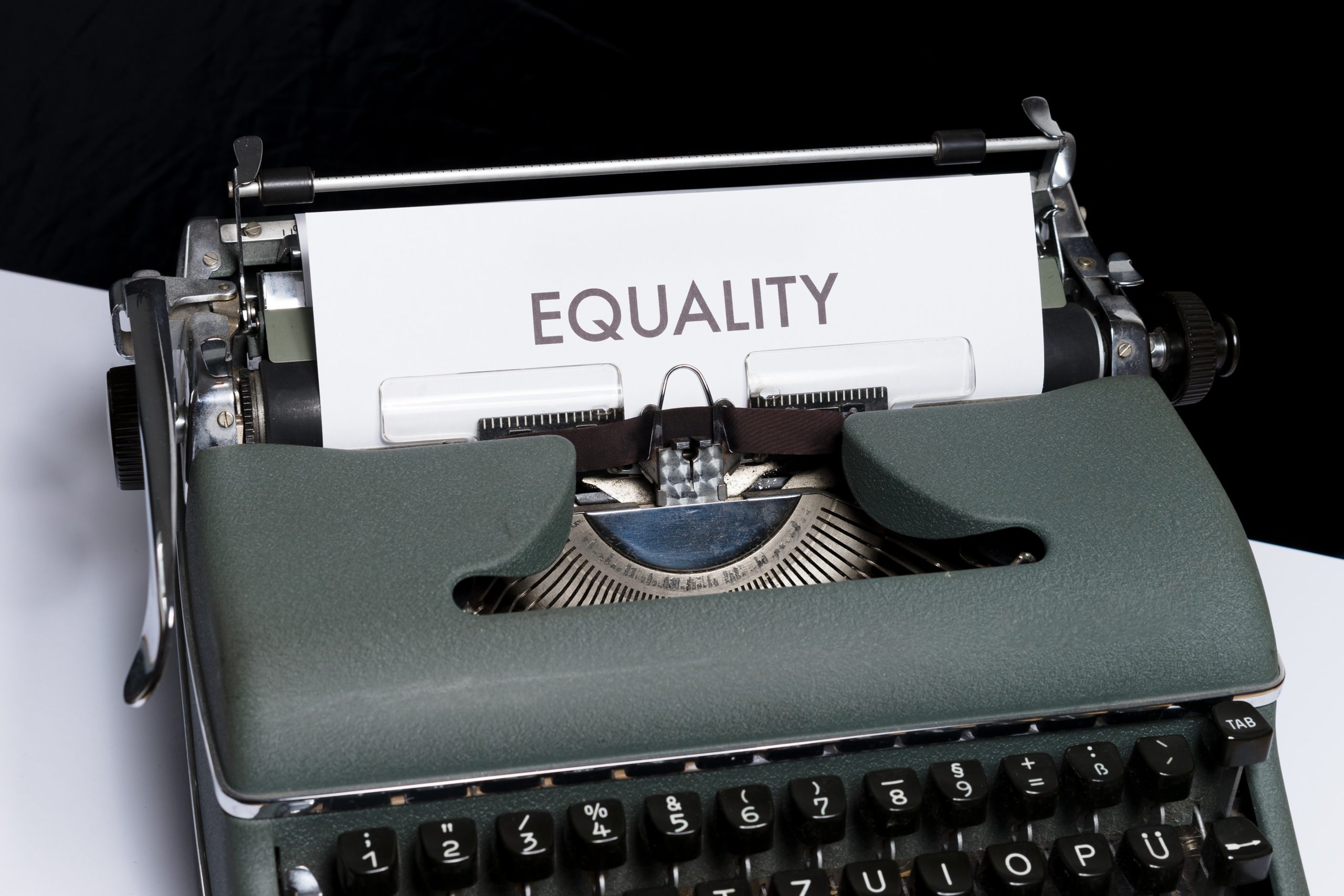The fight for gender equality in America has been a long and ongoing struggle for women’s rights activists. For centuries, women have faced discrimination and marginalization in various aspects of life, including education, employment, and politics. In this article, we will explore the history of the fight for gender equality in America, the challenges it has faced, and the progress that has been made.
The fight for gender equality in America began in the late 19th century with the suffrage movement. Women’s rights activists, such as Susan B. Anthony and Elizabeth Cady Stanton, fought tirelessly for women’s right to vote. The suffrage movement culminated in the ratification of the 19th Amendment to the U.S. Constitution in 1920, which granted women the right to vote.
Despite this major victory, women still faced discrimination in other areas of life. In the workplace, women were paid significantly less than men for doing the same work. Women were also often excluded from higher-paying jobs and leadership positions.
In the 1960s and 1970s, the second wave of the women’s rights movement emerged, focusing on issues such as reproductive rights, equal pay, and equal access to education and employment. This movement led to the passage of several important laws, including the Civil Rights Act of 1964 and the Equal Pay Act of 1963, which prohibited discrimination based on sex in employment and education.
The women’s rights movement also played a significant role in pushing for the legalization of abortion in 1973 with the landmark Supreme Court case Roe v. Wade. This decision recognized a woman’s right to choose whether or not to have an abortion.
Despite these significant victories, the fight for gender equality in America is far from over. Women continue to face discrimination and marginalization in various aspects of life, including the workplace, politics, and society as a whole. Women are still paid less than men for doing the same work, and women are underrepresented in leadership positions in both the private and public sectors.
In recent years, the #MeToo movement has highlighted the issue of sexual harassment and assault in the workplace and society as a whole. This movement has led to increased awareness of the issue and has prompted many companies to adopt stronger policies to prevent and address sexual harassment and assault.
Women’s rights activists continue to push for stronger laws and policies to address gender inequality. They are advocating for equal pay, equal access to education and employment, and greater representation of women in leadership positions.
In conclusion, the fight for gender equality in America has been a long and ongoing struggle. Women’s rights activists have made significant progress over the years, including the right to vote, equal access to education and employment, and the legalization of abortion. However, women still face discrimination and marginalization in various aspects of life, and there is much work to be done to achieve true gender equality. Women’s rights activists continue to push for stronger laws and policies to address gender inequality and to create a more equitable and just society for all.




